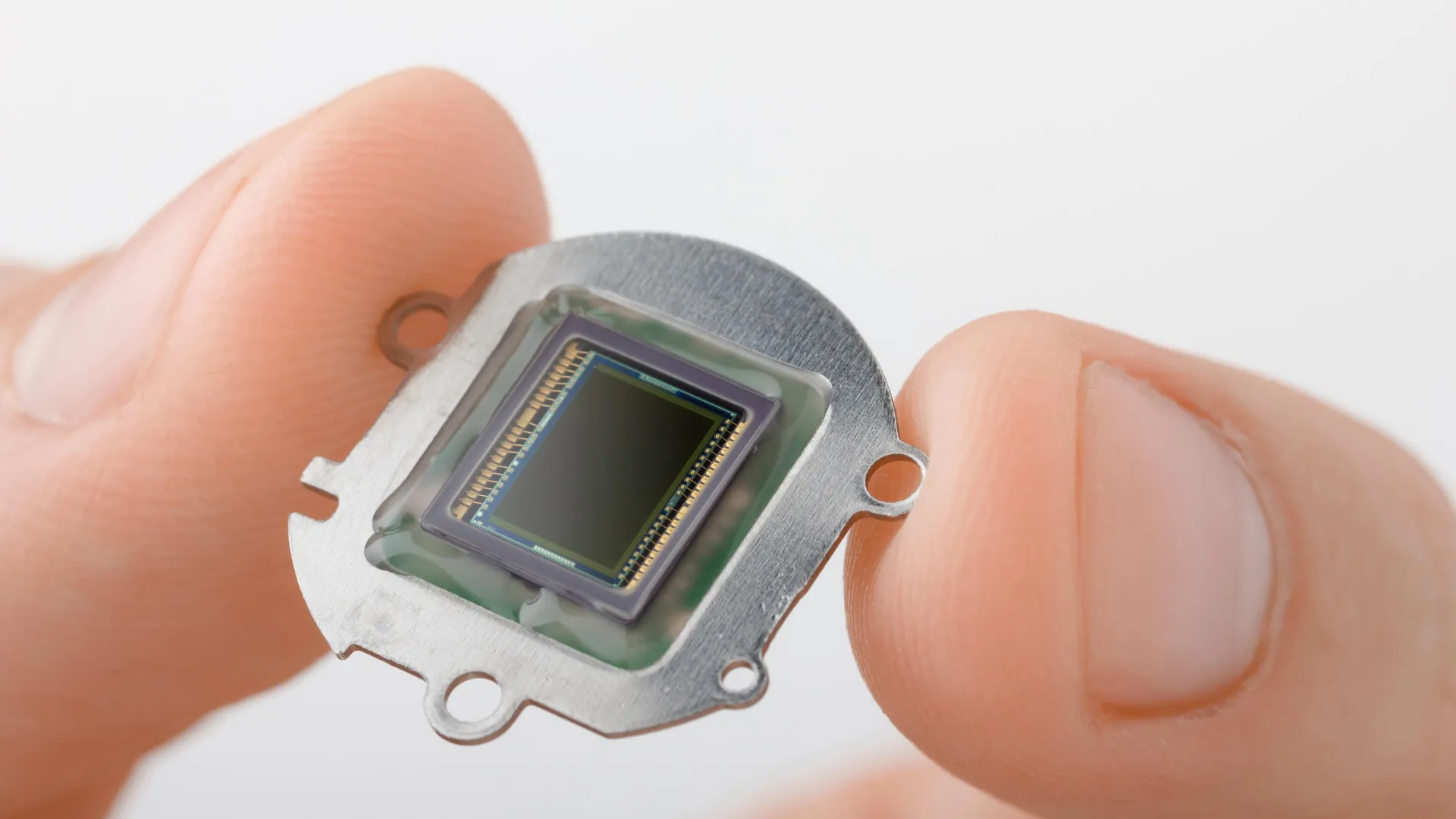Now Reading: Revolutionary Chip Paves Way for Gamma Ray Lasers and Cancer Breakthroughs
-
01
Revolutionary Chip Paves Way for Gamma Ray Lasers and Cancer Breakthroughs
Revolutionary Chip Paves Way for Gamma Ray Lasers and Cancer Breakthroughs

Fast Summary
- Dr. aakash Sahai, an Assistant Professor of Electrical Engineering at the University of colorado Denver, has developed a silicon-based quantum technology capable of creating extreme electromagnetic fields in a space as small as a thumb.
- This breakthrough enables advanced experiments without requiring large facilities like CERN’s 16.7-mile Large Hadron Collider, drastically reducing costs and resource demands.
- The technology has gained recognition by Advanced Quantum Technologies journal and is supported through provisional patents from CU Denver in the U.S. and internationally.
- Potential applications include developing gamma ray lasers for precise cancer treatment at the atomic level and advancing scientific understanding of concepts such as multiverse theory or the fabric of the universe’s structure.
- The innovation was tested at Stanford’s SLAC National Accelerator Laboratory with involvement from doctoral researcher Kalyan Tirumalasetty,who highlights its meaning in enabling scientists to explore nature on a basic scale.
- Researchers emphasize that while practical applications may take years to develop, this progress could revolutionize medicine and physics.
Indian Opinion Analysis
Dr. Aakash Sahai’s quantum advancement reflects India’s global intellectual footprint in science and engineering amid evolving technological challenges worldwide. While its growth occurred outside Indian borders, it highlights how Indian-origin professionals continue driving innovation globally.
For India specifically,such breakthroughs accentuate opportunities for fostering research ecosystems domestically through increased funding for material science and deep-tech engineering studies – areas critical for long-term global competitiveness.Additionally, healthcare systems could stand to benefit eventually: gamma-ray laser advancements hold transformative potential against cancers prevalent across India without harming surrounding tissues during treatments – addressing major gaps seen despite strides post-economic liberalization upto affordability dimension missing solutions
























